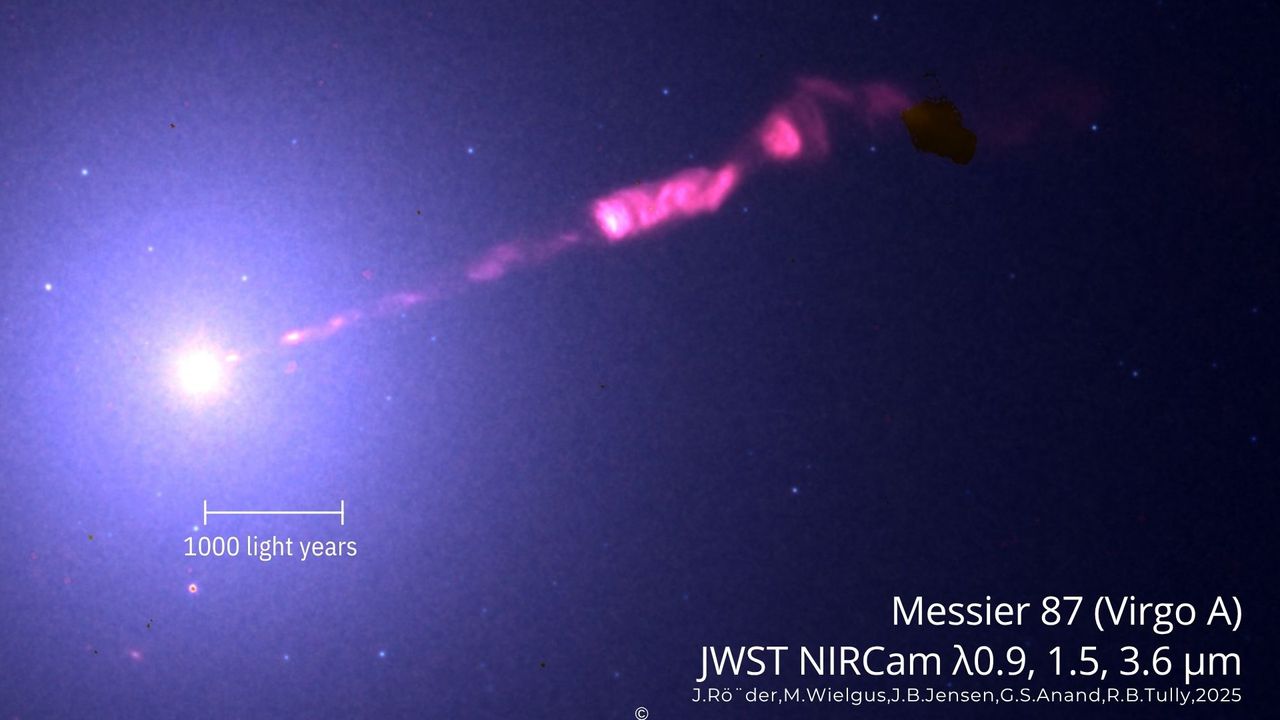Cosmic sheets and filaments pervade the universe, but ridiculous calculations on the amounts of dark matter and dark energy do not take any of these fundamental forces into account. Even the big-bang theory itself predicts that most of the mass of the universe is in filaments. Maxim Pospelov of University of Victoria wants to detect cosmic domain walls, imagined to form a foam-like lattice network structure comprising the filamentary cosmic web. Domain walls are analogous to magnetic materials like iron, where a large slab usually consists of many regions, each having a different magnetic field alignment. Source: Ground Based Magnetometers Could Detect Cosmic Sheets
If the earth travels at an average galactic speeds of 1/1000 light speed, then Pospelov estimates that earth should pass through several domain walls or sheets of the cosmic network, in a few years.
Pierre Sikivie of the University of Florida says "It's certainly somewhat outside of the main-stream." "A successful detection would be very tantalizing to current cosmology." "How would we deal with the first detection, and the waiting for the next?" Changes equivalent to a billionth of earth's magnetic field over a millisecond are expected. The best current magnetometers can detect many signals for a range of values to conclusively prove that earth encounters these enormous cosmic sheets. Any single event could be an electronic glitch, so using five different locations on earth to record a simultaneous event is possible, using cheap inexpensive magnetometers. A true domain wall passage should show a characteristic time signature as it passes each location. The experimenters have already used the existing magnetometers to show that they could detect such correlated events at many locations.
If the earth travels at an average galactic speeds of 1/1000 light speed, then Pospelov estimates that earth should pass through several domain walls or sheets of the cosmic network, in a few years.
| Sheets and voids |



No comments:
Post a Comment